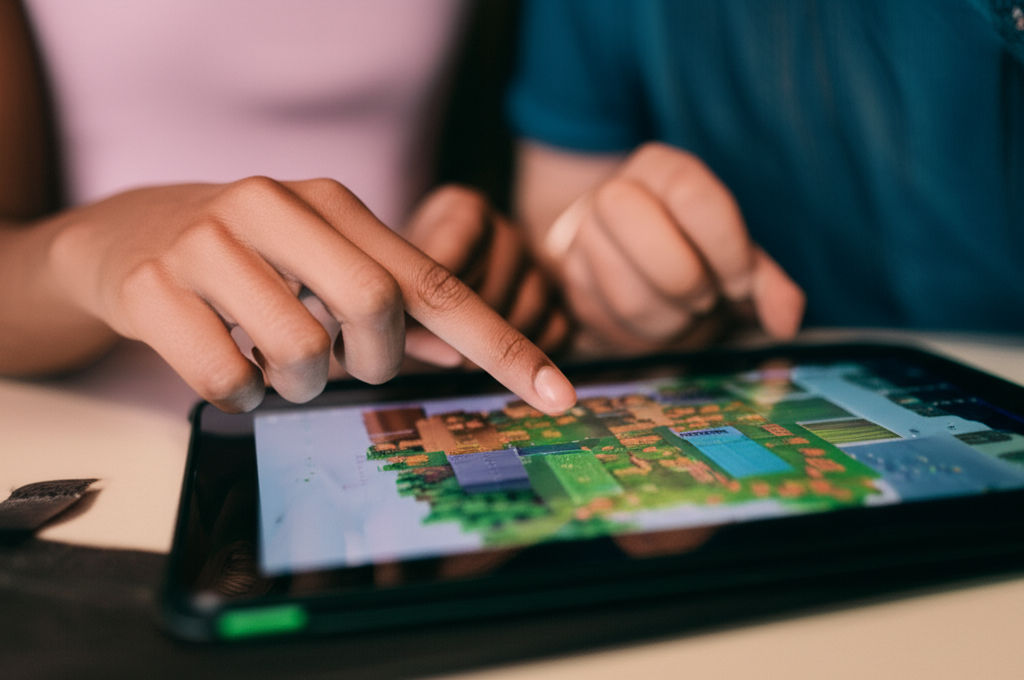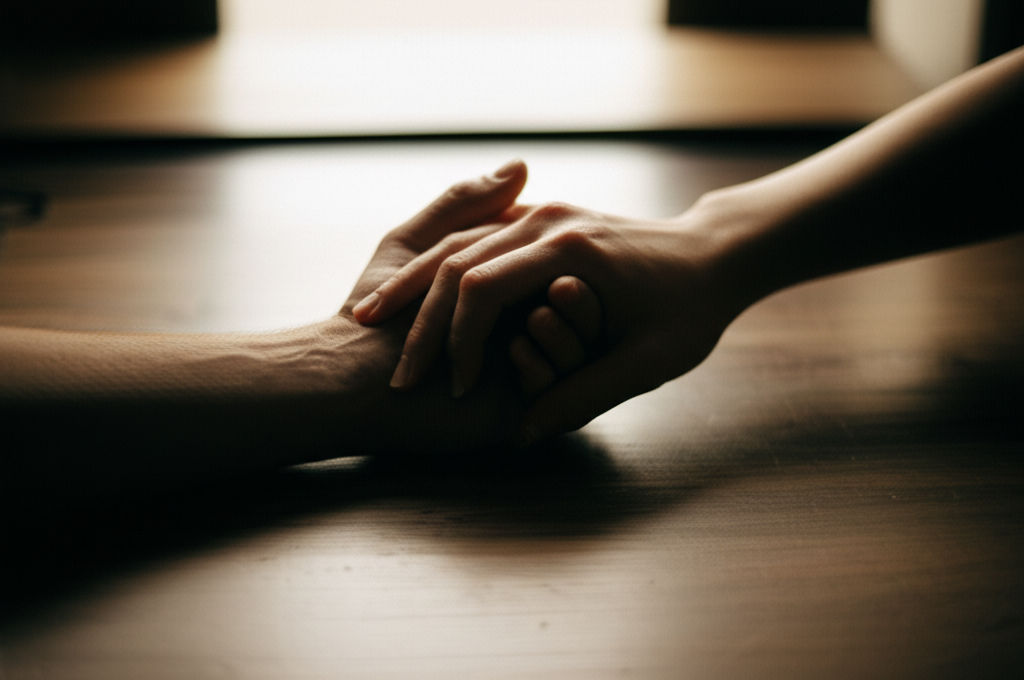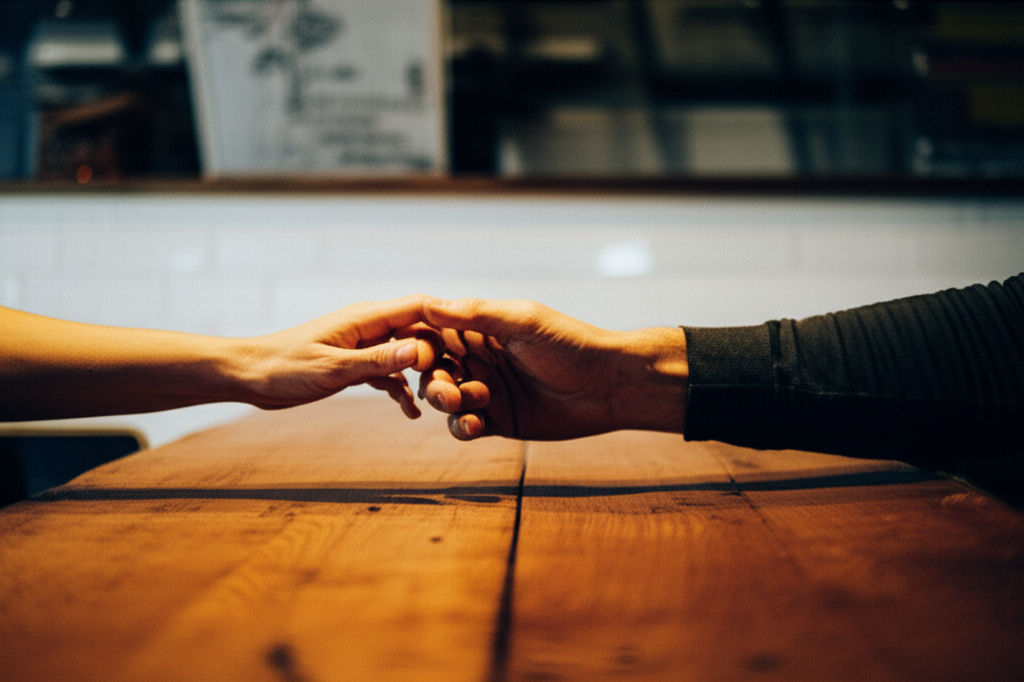Sport lifestyle ideas for active people
Ikhsan Rizki

Photo: Transform your busy life into an energetic sport lifestyle! Discover practical tips for daily movement, optimal nutrition, and a winning mindset to thrive.
Energize Your Everyday: Dynamic Sport Lifestyle Ideas for Active People
Are you constantly on the go, yet feel like something's missing from your wellness routine? Do you crave more energy, better focus, and a deeper sense of well-being, but struggle to integrate consistent activity into your already busy life? You're not alone. Many active individuals find themselves in a paradox: they're busy, but not necessarily actively living in a way that truly fuels their body and mind. This article is your comprehensive guide to transforming your daily rhythm into a vibrant, sustainable sport lifestyle. We'll explore practical, actionable ideas to infuse more movement, optimal nutrition, crucial recovery, and a winning mindset into your everyday, helping you thrive as the active person you aspire to be.
Beyond the Gym: Integrating Movement into Your Daily Life
An active lifestyle isn't just about structured workouts; it's about weaving movement seamlessly into the fabric of your day. How can you make every moment an opportunity to move?
Active Commuting & Everyday Movement Hacks
Forget the car or elevator for short distances. Opt for active commuting whenever possible – walking or cycling to work, the grocery store, or errands can significantly boost your daily activity. Even small changes add up. Consider these simple yet effective hacks:
- Take the Stairs: A classic for a reason, it's a quick burst of cardio and leg strengthening.
- Lunch Break Power-Ups: Instead of sitting through your entire lunch, take a brisk 10-15 minute walk. Or, try a quick bodyweight circuit at your desk.
- "Desk-ercise": If you have a sedentary job, set an alarm to stand up, stretch, or do a few squats every hour. Standing desks can also be a game-changer.
- Active Errands: Park further away from the entrance, or carry your grocery bags to get an arm workout.
Embracing Active Hobbies & Outdoor Adventures
Physical activity doesn't have to feel like a chore. Engaging in hobbies that inherently involve movement can make staying active enjoyable and sustainable.
- Explore Nature: Hiking, bushwalking, or cycling through scenic trails offer both physical benefits and mental rejuvenation.
- Dance Your Way Fit: Whether it's a formal class like salsa or Zumba, or just dancing in your living room, it's a fantastic way to burn calories and uplift your mood.
- Team Sports & Clubs: Joining a local sports team or club provides consistent activity and a strong social element. Think soccer, basketball, tennis, or even a running group.
- Water Activities: Swimming, kayaking, or paddleboarding offer full-body workouts with low impact on joints.
Fueling Your Active Lifestyle: Nutrition Strategies
Your body is like a high-performance vehicle; it needs the right fuel to run optimally. Proper nutrition is paramount for energy, recovery, and overall health when leading an active sport lifestyle.
Macronutrients for Peak Performance
- Carbohydrates: These are your body's primary energy source, especially for physical activity. Prioritize complex carbohydrates like whole grains, fruits, and vegetables to fuel your muscles and maintain stable blood glucose levels. For longer or more intense activities, easily digestible carbs like fruits or sports drinks can provide quick energy.
- Proteins: Crucial for muscle repair, growth, and maintaining lean muscle mass. Include lean meats, poultry, fish, eggs, dairy, and plant-based sources like beans, lentils, and tofu in your diet.
- Fats: Provide sustained energy and support vital bodily functions, including nutrient absorption. Focus on healthy fats from sources like avocados, nuts, seeds, and olive oil.
Hydration and Smart Snacking
Staying well-hydrated is non-negotiable for active people. Drink plenty of water throughout the day, and consider electrolyte drinks for intense or prolonged workouts. When hunger strikes between meals, choose nutritious snacks like fruit and nuts, or yogurt to keep your energy levels steady.
Mastering Recovery: Essential for Sustained Activity
Often overlooked, recovery is where your body repairs, rebuilds, and gets stronger. Without adequate recovery, even the most dedicated active person risks burnout and injury.
The Cornerstones of Recovery
- Quality Sleep: This is arguably the most critical recovery tool. Aim for 7-8 hours of quality sleep per night to allow your body to release hormones that repair muscle tissue and boost your immune system.
- Rest Days: Incorporate dedicated rest days into your weekly routine. These days allow your body to fully recover and prevent overtraining.
- Active Recovery: On lighter days, engage in low-impact activities like walking, gentle cycling, or yoga. This helps improve circulation and reduce muscle soreness without adding significant stress.
Techniques to Enhance Recovery
- Stretching & Mobility: Regular stretching improves range of motion, reduces stiffness, and can help prevent injuries. Incorporate it after workouts and throughout your day.
- Hydrotherapy: Cold water immersion (like ice baths) or contrast water therapy (alternating hot and cold) can aid in reducing inflammation and promoting recovery.
- Massage & Compression: Massage can help with muscle soreness and blood flow, while compression garments may also assist in recovery for some athletes.
Mindset Matters: Cultivating a Positive Athletic Outlook
Beyond the physical, a robust sport lifestyle is deeply rooted in your mental approach. Cultivating an active mindset means viewing movement as a positive, enjoyable part of life, rather than a chore.
Shifting Your Perspective
- Find Your "Why": What truly motivates you to be active? Is it energy, stress relief, social connection, or personal challenge? Connect with these intrinsic motivators.
- Focus on Enjoyment: Choose activities you genuinely like. If you dread the gym, explore dancing, hiking, or team sports. When you enjoy it, consistency becomes natural.
- Embrace a Growth Mindset: See challenges and setbacks as opportunities for learning and growth, not failures. This resilience is key to long-term adherence.
Setting Goals and Staying Motivated
- Set SMART Goals: Make your goals Specific, Measurable, Achievable, Relevant, and Time-bound. Start small and gradually build up.
- Track Your Progress: Seeing how far you've come can be incredibly motivating. Use apps, journals, or simply note your achievements.
- Consistency Over Intensity: Especially when starting, showing up regularly is more important than pushing yourself to exhaustion. Small, consistent efforts build sustainable habits.
The Social Side of Sport: Connecting and Competing
Sport is a powerful social phenomenon that can enrich your life far beyond physical fitness.
Building Connections and Community
- Teamwork & Camaraderie: Joining a team sport instantly provides a sense of belonging and opportunities to make new friends. Working towards a common goal fosters communication, trust, and empathy.
- Shared Interests: Group fitness classes, running clubs, or outdoor adventure groups allow you to connect with like-minded individuals, fostering new friendships and a supportive network.
- Family Fun: Make activity a family affair! Plan bike rides, hikes, or backyard games. This not only strengthens bonds but instills healthy habits in children.
Life Skills Beyond the Field
Sport teaches invaluable life skills that extend into all areas of your life:
- Discipline & Perseverance: Regular training and adherence to rules cultivate discipline and the ability to push through challenges.
- Time Management: Balancing athletic commitments with other responsibilities hones your time management skills.
- Leadership & Respect: Team sports offer platforms to develop leadership qualities and learn respect for coaches, teammates, and opponents.
Making It Stick: Building Sustainable Active Habits
The ultimate goal is to create a sport lifestyle that lasts. This requires building habits that are enjoyable, realistic, and integrated into your daily routine.
Strategies for Long-Term Success
- Start Small, Build Gradually: Don't try to overhaul everything at once. Begin with small, manageable changes and slowly increase intensity or duration.
- Habit Stacking: Link a new active habit to an existing routine. For example, do a set of squats while your coffee brews, or take a short walk immediately after dinner.
- Prioritize Planning: Schedule your activity time like any other important appointment. Blocking out time in your calendar makes it non-negotiable.
- Listen to Your Body: Pay attention to signs of fatigue or pain. Adjust your activity as needed to prevent injury and burnout.
- Seek Support: Exercise with a friend, join a group, or even consider a coach. Accountability and shared experiences can boost motivation.
Conclusion
Embracing a sport lifestyle isn't just about achieving fitness goals; it's about enriching your entire life. By intentionally integrating movement, prioritizing nourishing foods, dedicating time to recovery, cultivating a positive mindset, and leveraging the power of social connection, you can transform your everyday into an active, energized, and fulfilling journey. Remember, every small step counts, and consistency is your greatest ally.
What's one sport lifestyle idea you're excited to try this week? Share your thoughts and inspire others in the comments below!
Frequently Asked Questions
Q1: How much physical activity do active people really need?
A: For general health, adults should aim for at least 150 minutes of moderate-intensity aerobic activity or 75 minutes of vigorous-intensity aerobic activity per week, along with muscle-strengthening activities on at least two days per week. However, any amount of physical activity is better than none, and you can gradually build up.
Q2: What if I don't like traditional sports or going to the gym?
A: You don't have to! The key is to find activities you enjoy. Many options exist beyond traditional sports, such as dancing, hiking, cycling, swimming, yoga, martial arts, or even active hobbies like gardening. The goal is movement, not necessarily a specific type of exercise.
Q3: How can I fit an active lifestyle into a busy schedule?
A: It's all about strategic integration and prioritizing. Break up long periods of sitting, opt for active commuting, use work breaks for short bursts of activity, and schedule your movement like important appointments. Even 10-15 minute increments throughout the day add up.
Q4: How does sport impact mental health?
A: Regular participation in sport and physical activity significantly benefits mental well-being. It can reduce stress, anxiety, and depression, improve mood, boost self-esteem and confidence, and enhance concentration and sleep quality. Physical activity releases endorphins, often called "feel-good" hormones, which contribute to these positive effects.
Business
View All
October 2, 2025
Utah SOS Business Search HelpUnlock crucial business info in Utah! Learn how to use the Utah SOS Business Search for name availability, due diligence, status checks & more.
Ikhsan Rizki

November 3, 2025
Why Try Square Business CardsDitch the rectangle! Square business cards offer a modern, distinctive design to make your brand stand out and create an unforgettable first impression.
Ikhsan Rizki
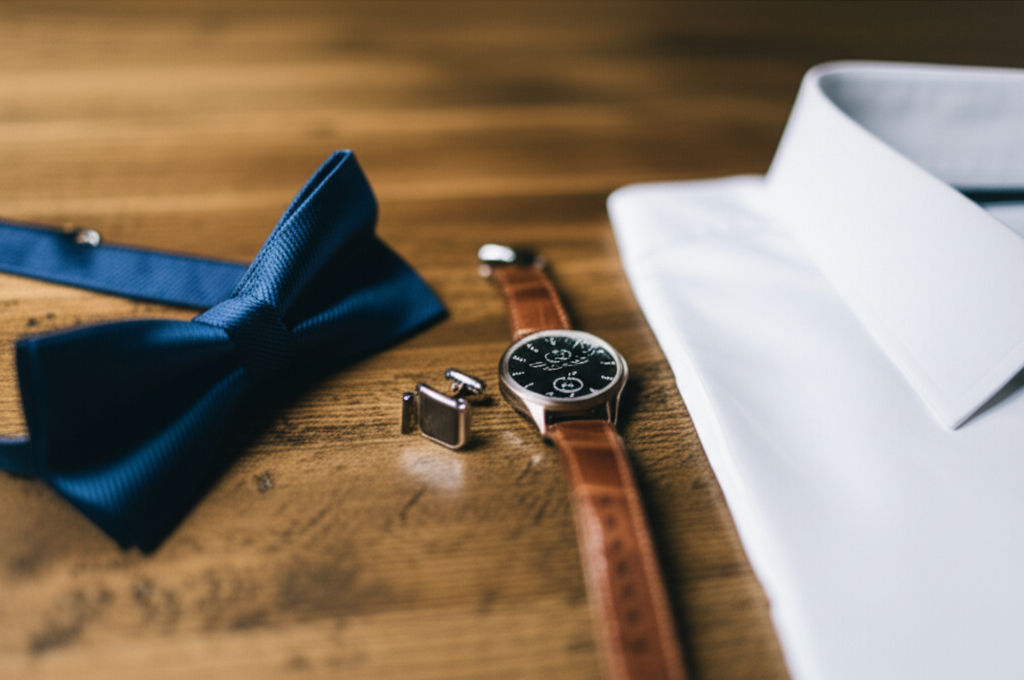
September 21, 2025
Dinner Suit or Business Suit GuideMaster your formal wardrobe! Learn the key differences between business suits and dinner suits (tuxedos) and when to wear each with confidence.
Ikhsan Rizki

November 2, 2025
Principal Business Code ExplainedDemystify your Principal Business Code! This guide simplifies IRS business classification, helping you confidently find the right code.
Ikhsan Rizki

November 10, 2025
Business Analyst Jobs Near You TodayUnlock your career! Discover what a Business Analyst does, why BA jobs are in high demand, and how to find & secure your role today.
Ikhsan Rizki

November 17, 2025
Can You Edit a Business Wire Press ReleaseNeed to edit a Business Wire press release? This guide reveals the critical window for changes & offers tips for flawless accuracy before distribution.
Ikhsan Rizki
Economy
View AllUpgrade your flight with EVA Air Premium Economy! Enjoy more legroom, wider seats, and superior comfort at an affordable price. Your ideal long-haul choice.
Ikhsan Rizki
Economy lube: Is it a smart save or a hidden cost? Learn the truth about budget car maintenance to protect your wallet and your ride.
Ikhsan Rizki
Master booking economy car rentals in Orlando! Get expert tips to save big on your Florida trip and explore the Theme Park Capital affordably.
Ikhsan Rizki
Unlock smarter Frontier travel! Discover how the Economy Bundle saves you money by bundling essentials & avoiding hidden fees.
Ikhsan Rizki
Unlock prosperity in Cities: Skylines II! Explore the new Economy 2.0, granular taxation, and expert strategies for a thriving metropolis.
Ikhsan Rizki
Demystify capitalism! Understand its principles, benefits, challenges, and global impact. Explore prominent capitalist economies worldwide.
Ikhsan Rizki
Education
View AllExplore Helios Education Foundation's profound impact on education in Arizona & Florida, empowering students and fostering community prosperity.
Read MoreHealth educator seeking flexibility? Discover remote jobs, essential skills, and steps to a rewarding work-from-home career. Your guide is here!
Read MoreUnlock your earning potential! Explore 2025 Special Education Teacher salaries, key factors influencing pay, and strategies to boost your income.
Read MoreYour roadmap to becoming a dermatologist starts here! Learn all education requirements, from undergrad to medical school & residency training.
Read MoreGet essential Griffin Spalding County Board of Education news. Our guide helps you stay informed & engaged with local school decisions shaping the community's f...
Read MoreUnlock the future of learning! Explore new features in Minecraft Education Beta & Preview, from enhanced worlds to classroom controls. Stay ahead.
Read MoreHealth
View All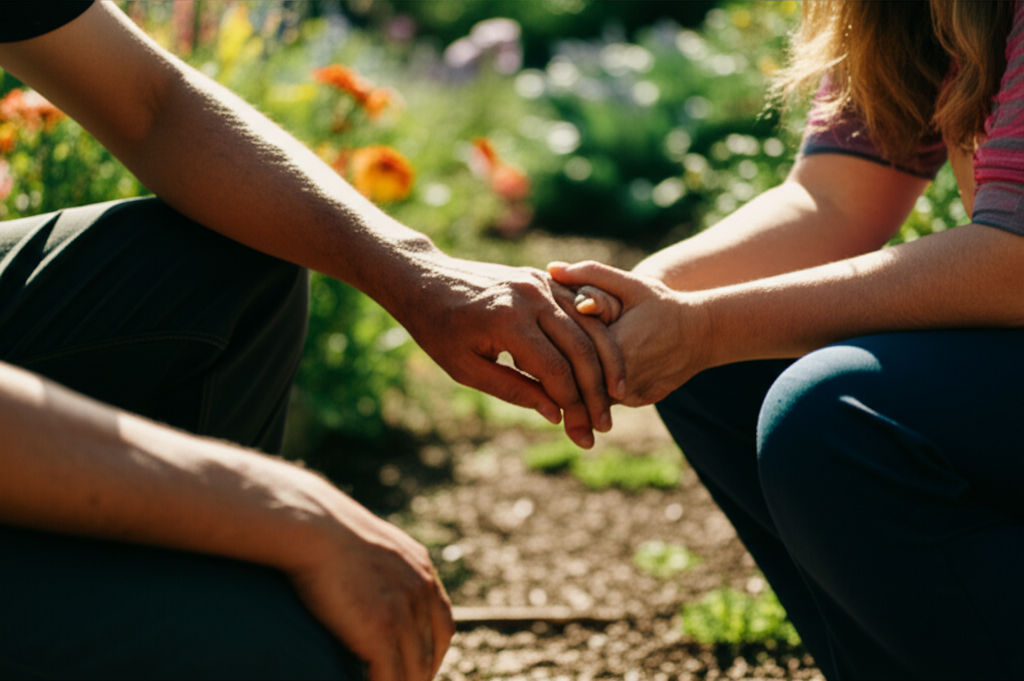
August 21, 2025
What Does a Health Activist DoA health activist champions well-being, challenges systems, and drives change to improve health outcomes and fight inequality.
Ikhsan Rizki

October 12, 2025
CalViva Health Benefits ExplainedCalViva Health benefits confusing? This guide breaks down your coverage in clear, easy-to-understand language for members in Fresno, Kings, and Madera counties.
Ikhsan Rizki

October 28, 2025
Health Science Degree Jobs That PayEager for a high-paying health career? Explore top health science degree jobs that offer excellent salaries & make a difference.
Ikhsan Rizki

October 23, 2025
Cone Health Wesley Long Hospital OverviewYour guide to Cone Health Wesley Long Hospital in Greensboro. Learn about its history, comprehensive services, and commitment to exceptional care.
Ikhsan Rizki

August 6, 2025
What’s New with ArchWell HealthArchWell Health is transforming senior primary care. Learn about their innovative model, nationwide expansion, and personalized, holistic approach.
Ikhsan Rizki
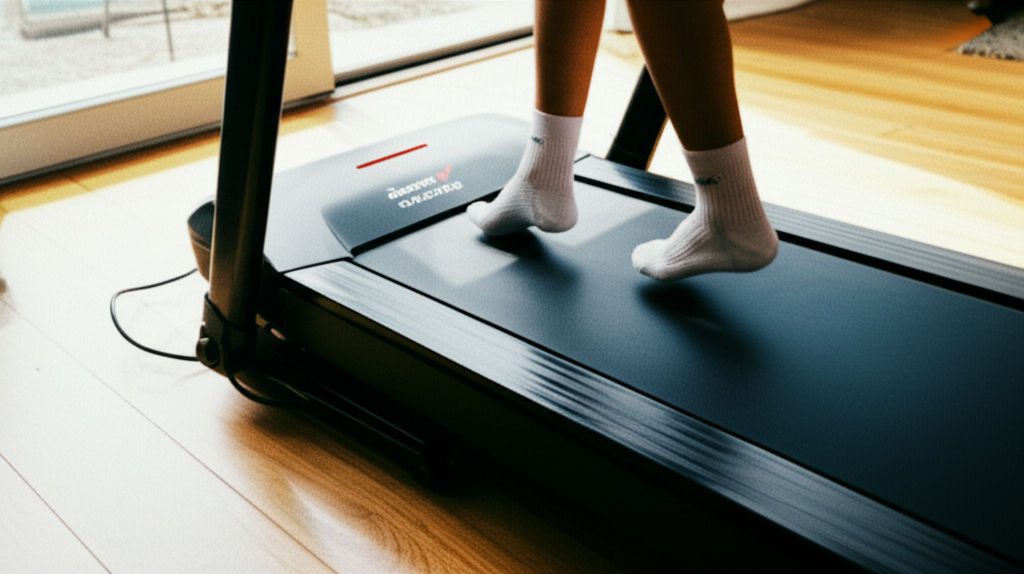
November 24, 2025
Sunny Health Treadmill ReviewIs a Sunny Health treadmill right for your home gym? Get a deep dive into features, affordability, and space-saving designs to make an informed choice.
Ikhsan Rizki
Popular Articles
View All
1
2
3
4
5
6
7
8
9
10
Lifestyle
View All
September 18, 2025
What a Fifty Million Lifestyle Looks Like
Ever wonder what a $50 million lifestyle truly means? Dive into a world of unparalleled luxury, private jets, global estates, and limitless choices.

November 24, 2025
Stay at Residenza Lifestyle Hotel
Discover Residenza Lifestyle Hotel: Immerse in unique design, personalized experiences, & local culture for an unparalleled stay.

August 5, 2025
Sport lifestyle ideas for active people
Transform your busy life into an energetic sport lifestyle! Discover practical tips for daily movement, optimal nutrition, and a winning mindset to thrive.

August 26, 2025
Try Living a Country Lifestyle
Escape the city noise! Our guide shows you how to embrace a tranquil country lifestyle, detailing its benefits, practicalities, and smooth transition.

August 12, 2025
Modern Lifestyle Shop Reviews 2025
Find the best modern lifestyle shops of 2025! Our guide reviews top stores, helping you discover curated, sustainable products to define your unique style.

October 20, 2025
Lifestyle Apartments in Albuquerque
Discover lifestyle apartments in Albuquerque! Find your ideal home with tailored amenities, vibrant community, and convenience designed for your passions.

November 17, 2025
Robin Leach Changed TV Forever
Robin Leach's "Lifestyles of the Rich and Famous" transformed TV, revealing the opulent lives of the wealthy and shaping celebrity culture.

September 25, 2025
Princeton Aveda Salon You’ll Love
Seeking a salon that cares for you & the planet? A Princeton Aveda Salon offers holistic beauty, plant-based products, and a transformative experience.
Sports
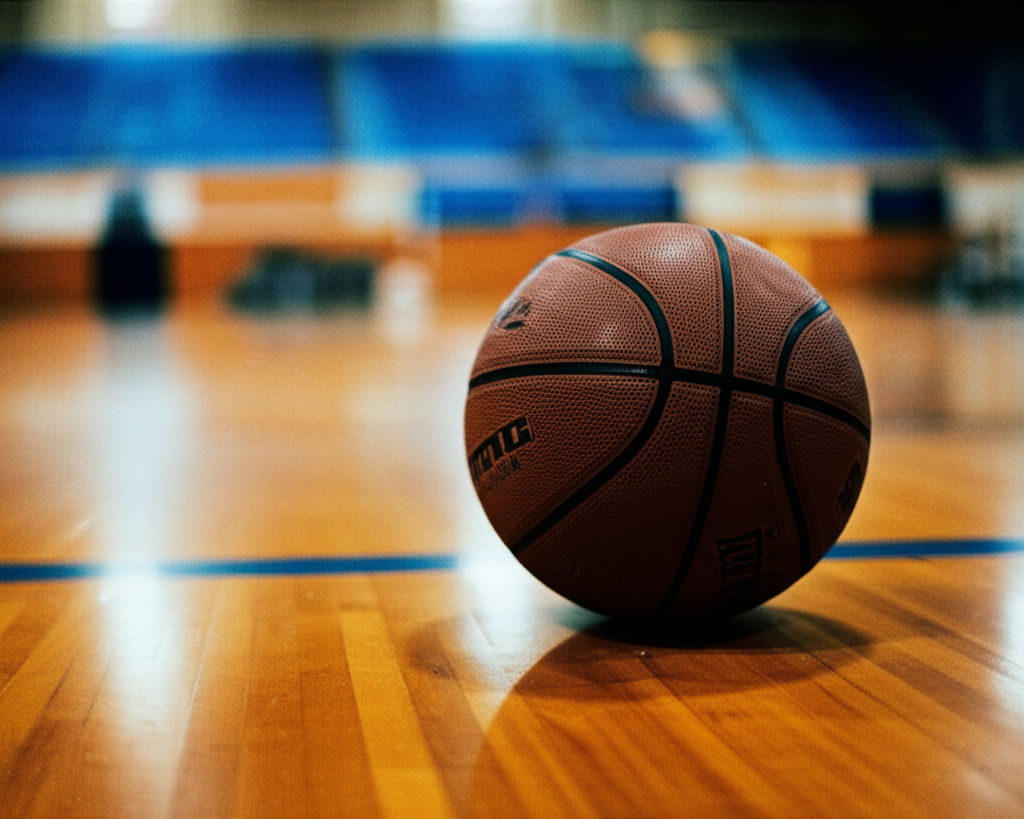

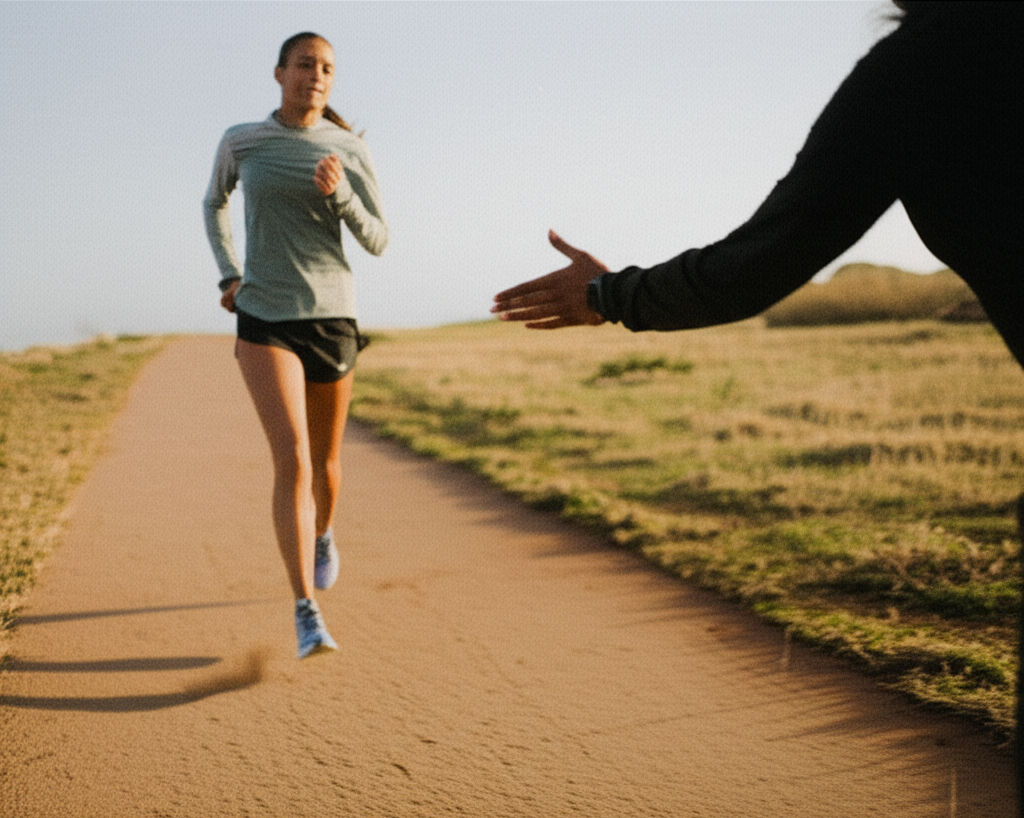
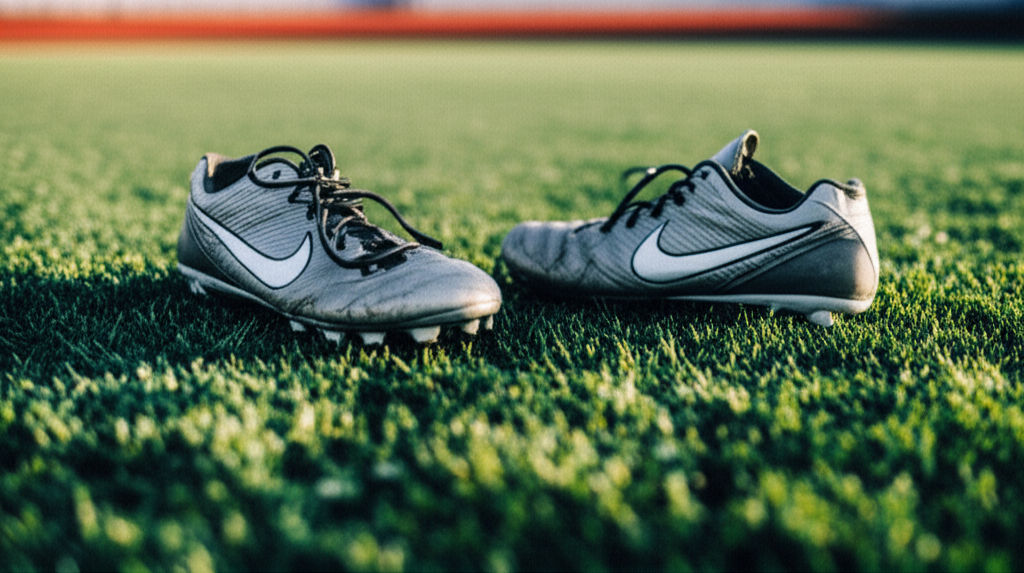

Travel
View All
August 14, 2025
Understanding VA Travel Pay for Vets
Unlock VA travel pay for vets! This guide demystifies eligibility, application, and reimbursement for medical travel. Claim the benefits you've earned.

October 9, 2025
LPN Travel Jobs with Great Pay
LPNs: Want high pay & adventure? Explore travel nursing! This guide reveals lucrative LPN travel jobs, offering flexibility & the chance to see the USA.

August 10, 2025
UK Travel Packages You’ll Love
Explore the UK stress-free! Discover how curated UK travel packages simplify planning, save you money, and offer peace of mind for your dream British adventure.

September 16, 2025
CSA Travel Protection Review
Uncertain about travel insurance? Dive into our review of CSA Travel Protection (now Generali Global Assistance) to find out if their plans protect your next ad...

September 2, 2025
Inside the One9 Travel Center
One9 Travel Center: Your ultimate road stop by Pilot Flying J. Find fuel, fresh food, and amenities tailored for all travelers, including pro drivers.

October 8, 2025
Pyro Traveler Adventures in Gaming Worlds
Are you a Pyro Traveler? Ignite your passion for digital exploration and embark on unforgettable virtual journeys in vast gaming worlds!











